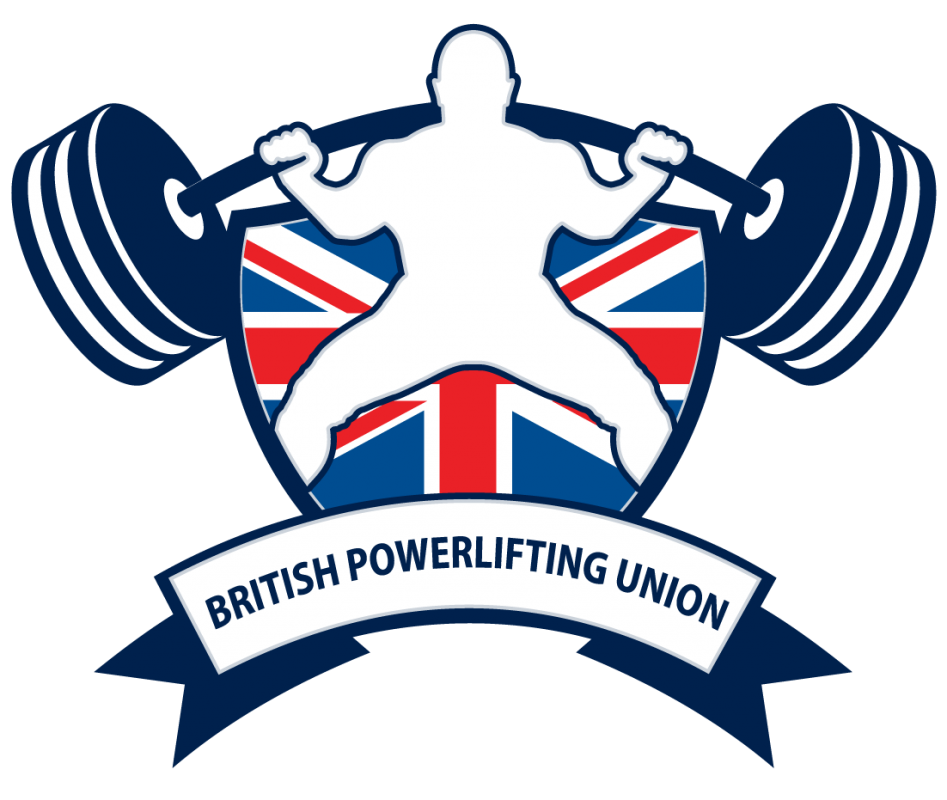Why Powerlifting?
Powerlifting has progressed over many years and is now an international event with World Championships. It creates dynamic challenge and involves lifters from the very beginner to the elite lifter with age categories from teenager to 70 years and over.
The British Powerlifting Union has a novice division which is “raw” which means not using equipment like bench shirts and squat suits. This is ideal for beginners as it gives you the opportunity to compete in a supportive environment with others at the same level.
You can then move onto qualifying competitions for British Championships and if selected, then go on to European and World Championships. We also have other international opportunities for our British Team to compete in which are independent competitions.
Once you are competing at the higher level of powerlifting, then you have a choice to lift either “equipped “ or “raw” and can compete in those divisions which still have their separate weight and age categories.
If you compete in a “full power” meet, this means that you will compete all 3 lifts which are squat, bench press and deadlift. During the competition you will complete 3 single lifts in all 3 disciplines, starting with your “opener” or lightest weight and then proceeding to your heaviest in 3 separate “flights” which are the other lifters who will complete their 1st, 2nd and 3rd lifts.
During the competition there are 3 referees and you must get 2 out of 3 passes or “white lights” to get the lift. If you don’t get enough white lights on each lift for all 3 lifts in one discipline – then you are out! So if you don’t pass all squats, for example, then you are out of the competition! That’s why we have the novice raw division so you can get used to competing and the rules to minimise that happening, but it does happen to a lot of us!
What do you need in a gym if you want to compete?
Ideally a squat rack with safety rails where you can comfortably walk back into position and be steady before commencing the squat. Remember, the point of the hip must be below the top surface of the knee to pass a lift in competition, so the safety rails need to low enough to be able to do this.
Even better would be to find a Monolift which is what we use in powerlifting competitions now, which enables the lifter to set up without having to walk back into position.
Your difficulty is finding a gym that has good bars. These need to be 20kgs or 25kgs (make sure you know which) and ideally a 2,4m bar. Competition specification bars are best to train with so you are used to them. For a 20kg bar they are 2.4m long and the diameter of the bar 29mm. Also check for where the machined rings are on the bar as you need to know where the 81cm rings are for hand placement.
For bench press, the bench ideally should be around 42 – 45cm in height as this is what you will be using in competition and any lower or higher when you are training may affect the way you drive with your legs. The same applies to the use of bars as the squat.
Very important for bench press is that you always train with others so take that into consideration when looking for a powerlifting gym that there are people there to spot you who can handle the weight you are lifting.
Lastly for powerlifting is the deadlift. It’s pretty straight forward for equipment – you just need the bar and ideally Olympic discs as it will sit the bar at the height you will be lifting it from in competition. You will need a clear space and a solid supported floor.
Most gyms that support powerlifting will have all the equipment you need and probably a number of people who already compete there as well.


